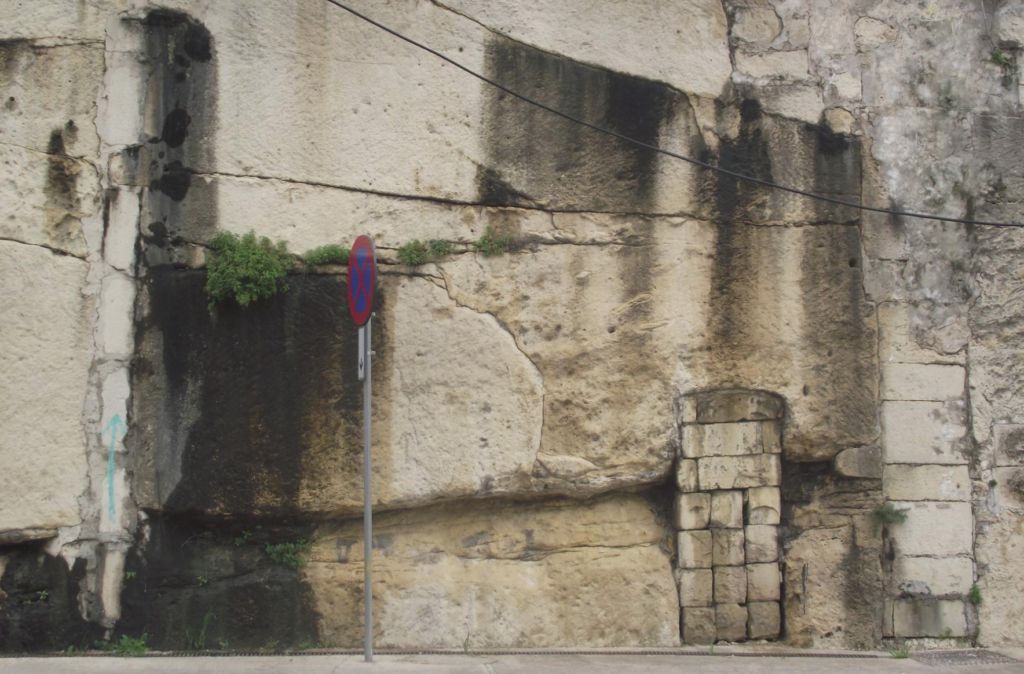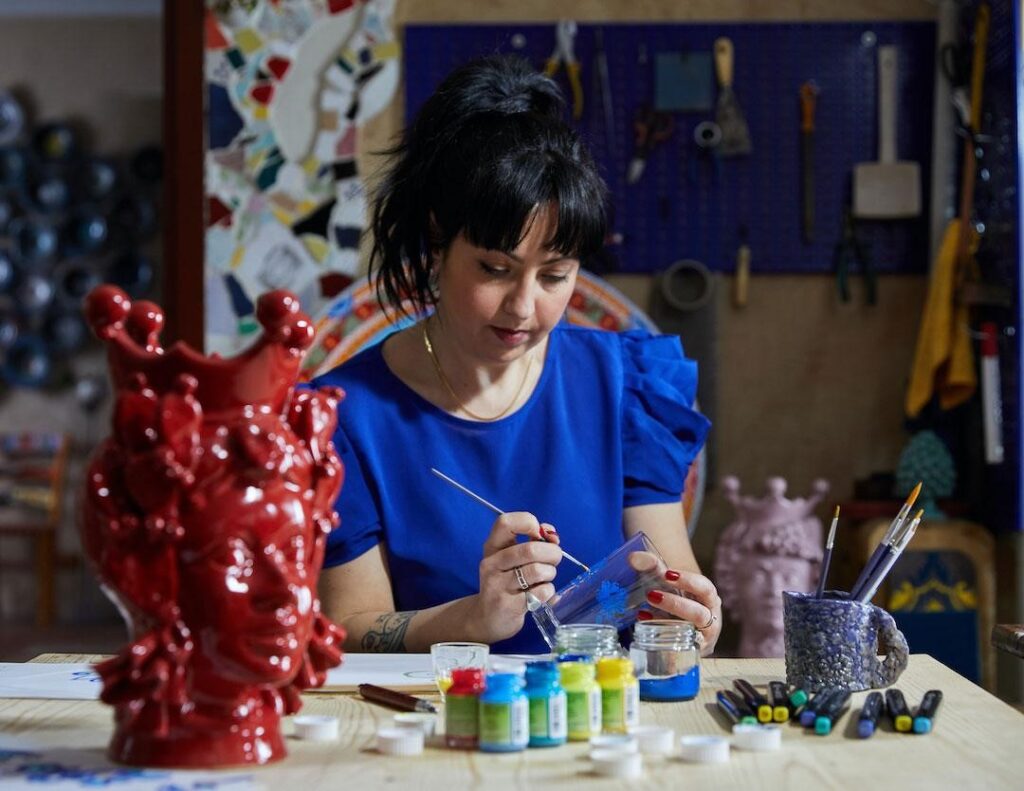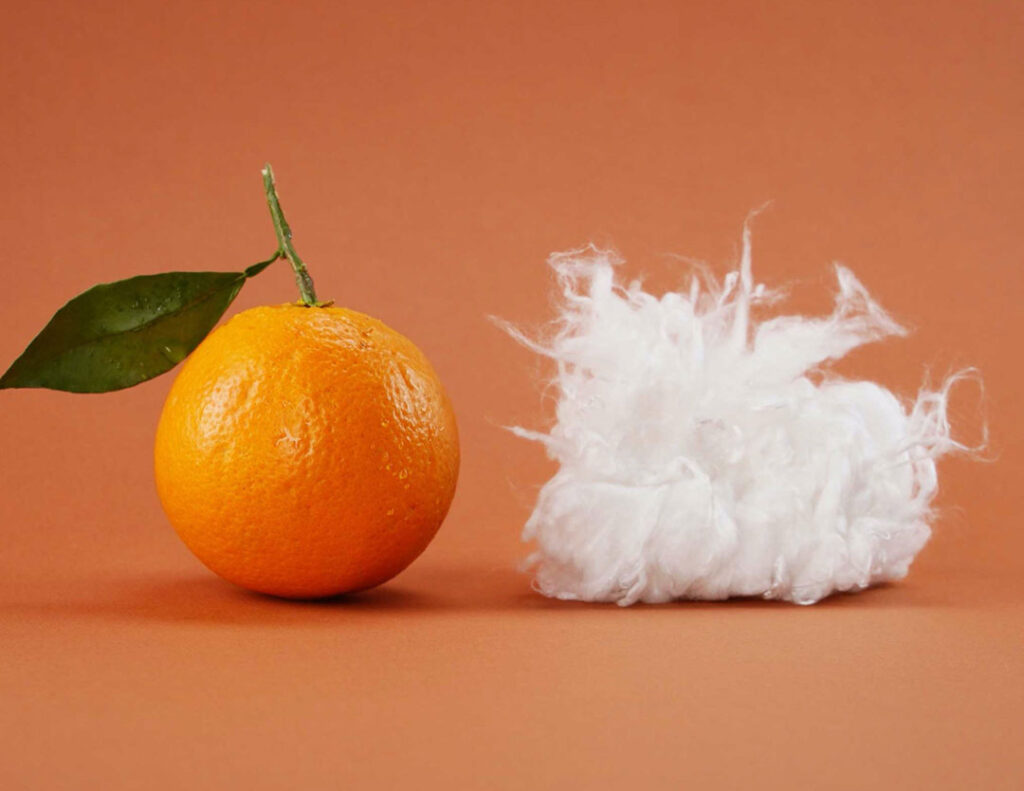We are delighted to share with you some insights and experiences from the hybrid MARLANDS art residency that took place last week.
The first part of the residence was based on a series of online meetings. To deepen their research and improve their proposals, our selected artists, under careful coordination of the curators Elena Posokhova @elena_maritima, Mariagrazia Pontorno @mariagraziapontorno and Vince Briffa @vincebriffa met representatives from our partner institutions, local artisans and international scientists.
Edgar Sarin @lamediterranee666 met with Dr. Joseph A. Borg and Dr. Reuben Grima from the University of Malta. They discussed Maltese water conversation and archeology. In his residency, Edgar will create an in-situ amphora “Ba’al”, which will recall the history of the island and highlight contemporary challenges to water access.

Above: from Joseph A. Borg_maltese top-shell Steromphala nivsosa_(c) by Julian Evans

Above: from Reuben Grima (Water, geomythology and cosmology in late Neolethic Malta)_ground water flowing along a bedding plane

From Reuben Grima (Sheltering Archaeological sites in Malta: lessons learnt, 2018)_the Ħaġar Qim Temples with shelter

Above: Arina Antonova’s ‘No Name’ project (ceramist from Mallorca)
Also, as part of her “Lost Species” project, she had a rich discussion about the endangered animal species on those islands with Maite Vázquez-Luis, a marine scientist from Mallorca.
In a conversation with Maite Vázquez-Luis, a senior researcher at the Spanish Institute of Oceanography and the IEO, the Oceanographic Center of the Balearic Islands, Lucy and Maite discussed endangered species on the islands where she’ll be working and changing ecologies due to climate change.
Max Fouchy @maxfouchy met with scientists, artisans, and designers to discuss possible ways to implement his project, which will imagine a second life for plastic bottles.
He spoke with Magda Masano, a ceramist from Sicily and the founder of the ceramics studio Folk,

Above: Magda Masano from Folk

Above: Orange Fiber
Then, Laboo’s founder Mario Condorelli @labooproject – an innovative startup that develops sustainable materials through new production processes – joined Max to brainstorm ways to bring his project to life.

Above: Laboo

Above: Machine ‘Shredder-Pro’ by Precious Plastic
Taylor Smith @taylorsmithart met with Magdalena Vicens Fornés, a conservation biologist at the Sóller Botanical Garden in Mallorca @botanicsoller to discuss her proposal, “Capture and Release: Cartographia Refugia”. During her residency, Taylor will investigate the fragility of endemic plant communities in Mallorca threatened by climate change, via a series of poetic in-situ interventions. Taylor also spoke with the marine scientist Jose Rafael Garcia March, the Scientific Coordinator of IMEDMAR-UCV (The Institute for Research in Climate and Marine Science at The Catholic University of Valencia) @imedmar_ucv. They discussed marine life and the increasing fragility of marine ecosystems.
Klitsa Antoniou spoke with marine biologist Jose Rafael Garcia March about rising sea levels, coastal erosion, and the risks of desertification in Cyprus. Klitsa’s installation “Hydor-Is-land” will bridge coastal and marine landscapes in Cyprus through sound, video, and site-specific sculptures.
The MARLANDS curator and founder, Elena Posokhova @elena_maritima, who facilitated and organised each of these meetings between artists and scientists, moderated this week of discussions and collaborations.